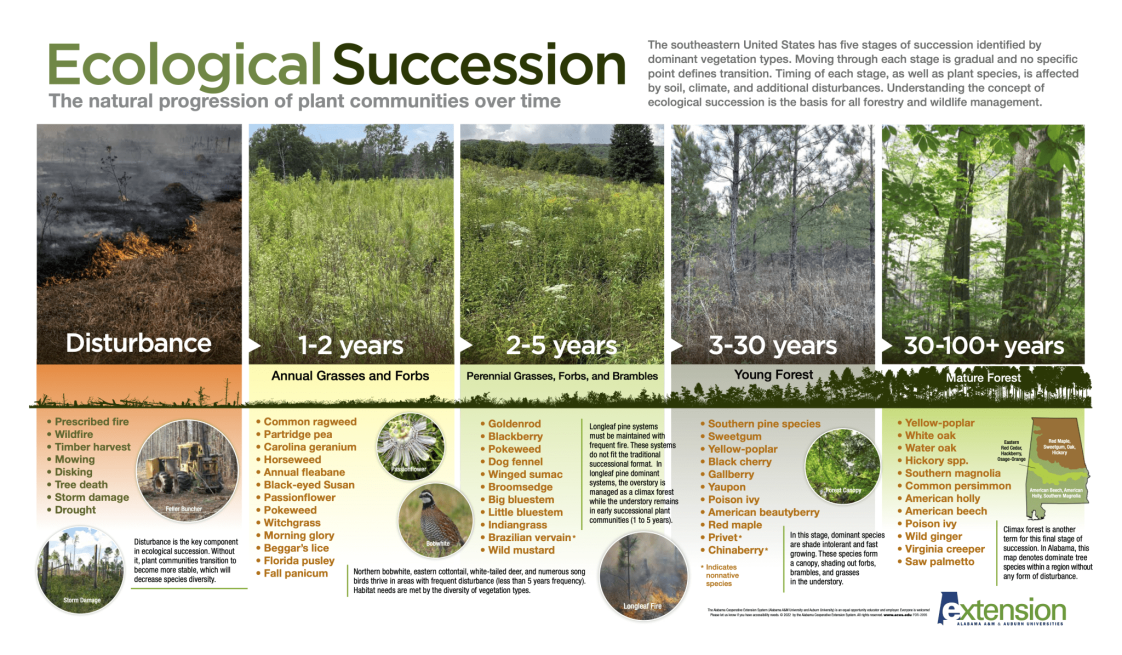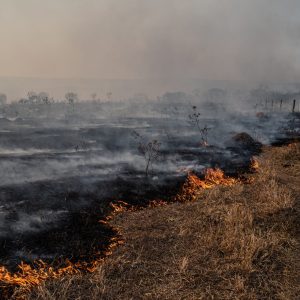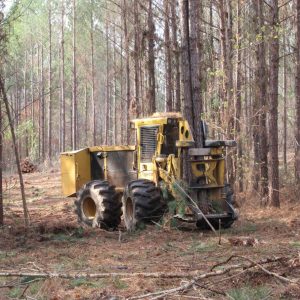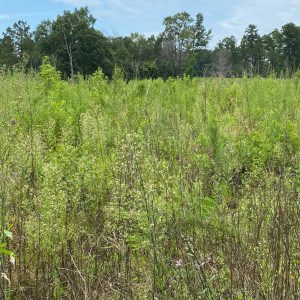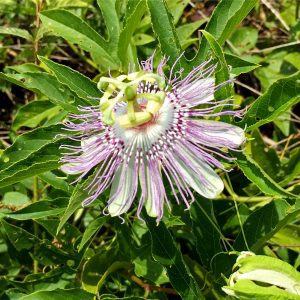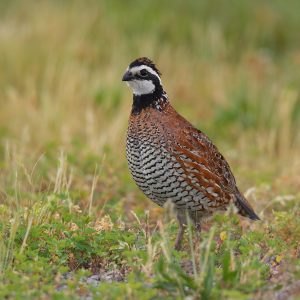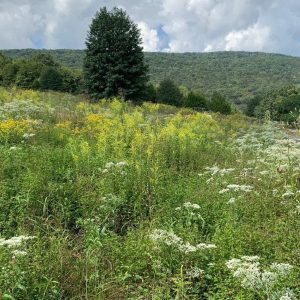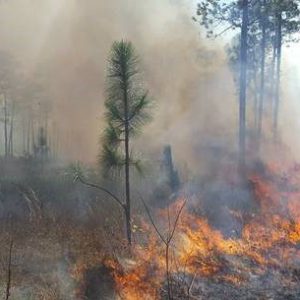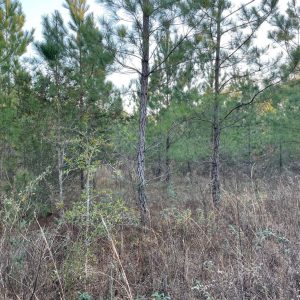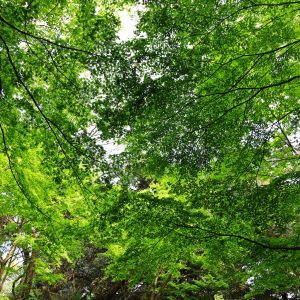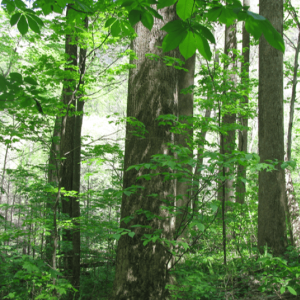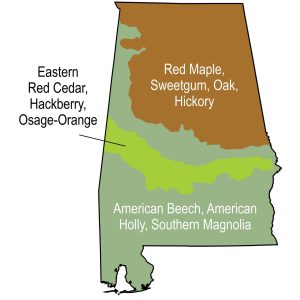Fire

The southeastern United States has five stages of succession identified by dominant vegetation types. Moving through each stage is gradual and no specific point defines transition. Timing of each stage, as well as plant species, is affected by soil, climate, and additional disturbances. Understanding the concept of ecological succession is the basis for all forestry and wildlife management.
Disturbance
Disturbance is the key component in ecological succession. Without it, plant communities transition to become more stable, which will decrease species diversity.
- Prescribed fire
- Wildfire
- Timber harvest
- Mowing
- Disking
- Tree death
- Storm damage
- Drought
- Storm Damage
- Feller Buncher
1-2 years
Northern bobwhite, eastern cottontail, white-tailed deer, and numerous song birds thrive in areas with frequent disturbance (less than 5 years frequency). Habitat needs are met by the diversity of vegetation types.
Annual Grasses and Forbs
- Common ragweed
- Partridge pea
- Carolina geranium
- Horseweed
- Annual fleabane
- Black-eyed Susan
- Passionflower
- Pokeweed
- Witchgrass
- Morning glory
- Beggar’s lice
- Florida pusley
- Fall panicum
- Passionflower
- Bobwhite
2-5 years
Longleaf pine systems must be maintained with frequent fire. These systems do not fit the traditional successional format. In longleaf pine dominant systems, the overstory is managed as a climax forest while the understory remains in early successional plant communities (1 to 5 years).
Perennial Grasses, Forbs, and Brambles
- Goldenrod
- Blackberry
- Pokeweed
- Dog fennel
- Winged sumac
- Broomsedge
- Big bluestem
- Little bluestem
- Indiangrass
- Brazilian vervain *
- Wild mustard
* Indicates nonnative species
- Longleaf Fire
3-30 years
In this stage, dominant species are shade intolerant and fast growing. These species form a canopy, shading out forbs, brambles, and grasses in the understory.
Young Forest
- Southern pine species
- Sweetgum
- Yellow-poplar
- Black cherry
- Gallberry
- Yaupon
- Poison ivy
- American beautyberry
- Red maple
- Privet *
- Chinaberry *
* Indicates nonnative species
- Forest Canopy
30-100+ years
Climax forest is another term for this final stage of succession. In Alabama, this map denotes dominate tree species within a region without any form of disturbance.
Mature Forest
- Yellow-poplar
- White oak
- Water oak
- Hickory spp.
- Southern magnolia
- Common persimmon
- American holly
- American beech
- Poison ivy
- Wild ginger
- Virginia creeper
- Saw palmetto
Bence Carter, Regional Extension Agent, Forestry, Wildlife & Natural Resources, Auburn University
New February 2022, Ecological Succession The Natural Progression of Plant Communities Over Time, FOR-2095

